Artist Spotlight: Adrian Arleo & Deborah Kapoor
Deborah Kapoor, Vestige, 7” x 7” x 3”, paper, faux greenery, and encaustic, 2020
This week we place the spotlight on two artists working with encaustic and form in imaginative new ways. Adrian Arleo's impressive ceramic sculptures make use of the natural surface quality of wax. She combines the figure and natural imagery to create a kind of emotional and poetic power. Deborah Kapoor's process-driven work uses contemporary cultural markers to explore narratives related to spaces the body inhabits. Encaustic is often the catalyst for adding dimension and texture into an array of absorbent materials in her work.
Adrian Arleo, Genesis II, 14" x 10" x 8", clay, glaze, encaustic, 2020.
I first experimented with encaustic to get a deep lustrous black on a low-fired ceramic raven that was part of a sculpture. The surface of the raven was black Terra Sigillata, (like a very fine slip made from clay and ceramic colorants that can be buffed to a sheen), but the color was not intense enough. The encaustic with the addition of dry, black paint pigment melted in created a beautiful translucent and luscious surface that worked well in contrast to the other ceramic surfaces. From there I was hooked!
Just to be clear, the encaustic is always applied over fired surfaces, it’s the final finish and is not fired. All the ceramic surfaces I use encaustic on are porous or toothy, and I always do tests to make sure the density of color and the flow of the medium is right. When applied, a heat gun is used to fix it and to smooth the surface, or move it around to get the texture I’m looking for. I frequently use it over a glaze that has a slightly pitted surface to create what looks like a rich waxy residue in areas. I’ve also used it on a series of sculptures that look like they’re made of honeycomb.
For these, I use natural yellow beeswax with damar and add a little yellow ochre oil paint to pop the color. The honeycomb texture is literally filled with encaustic, and because the natural wax is not processed, the pieces have a wonderful beeswax aroma, at least for a while. Sometimes, I use a natural white or bleached beeswax to make a medium that can be used as a colorless translucent coating that’s mostly melted into the surface of the clay with a heat gun to enrich the color underneath. It works well over underglazes, slips, and Terra Sigillata for this purpose.
I’ve found encaustic to be a versatile medium that, with a little practice, has the potential to add great richness to ceramic surfaces.
Deborah Kapoor, Upadhi (Inscription), 12" x 13" x 1.25", handmade book, encaustic, dryer lint, paper, ink, and batting, 2020
So much of making for me is about the "tactile," now more than ever. My intention in adding dimensional materials with encaustic is to further expound upon content. The process of finding the ‘right’ materials for artwork is intuitive. I teach at different locations and will stop by little stores or thrift shops when out and about, to peruse the aisles. Sometimes I ‘know’ what I am looking for, but other times the material’s potential will just speak to me and I will get it not knowing what I will do with it. I also collect from nature, a constant source of inspiration.
As I begin to develop a theme, I make a lot of small works for testing how materials work together and ensuring they are structurally sound. I have little bins that I keep within my vision as I work, as options. Porous surfaces are key for adhesion.
My experiments sometimes initially fail, but through experimentation, I gain knowledge, which spurs me on to try something else until things click. What winds up happening is that the development of the process thereby impacts the form. Both are important to me in completing a work. The desire to innovate is strong. I want to see and feel new combinations I haven’t encountered before.



